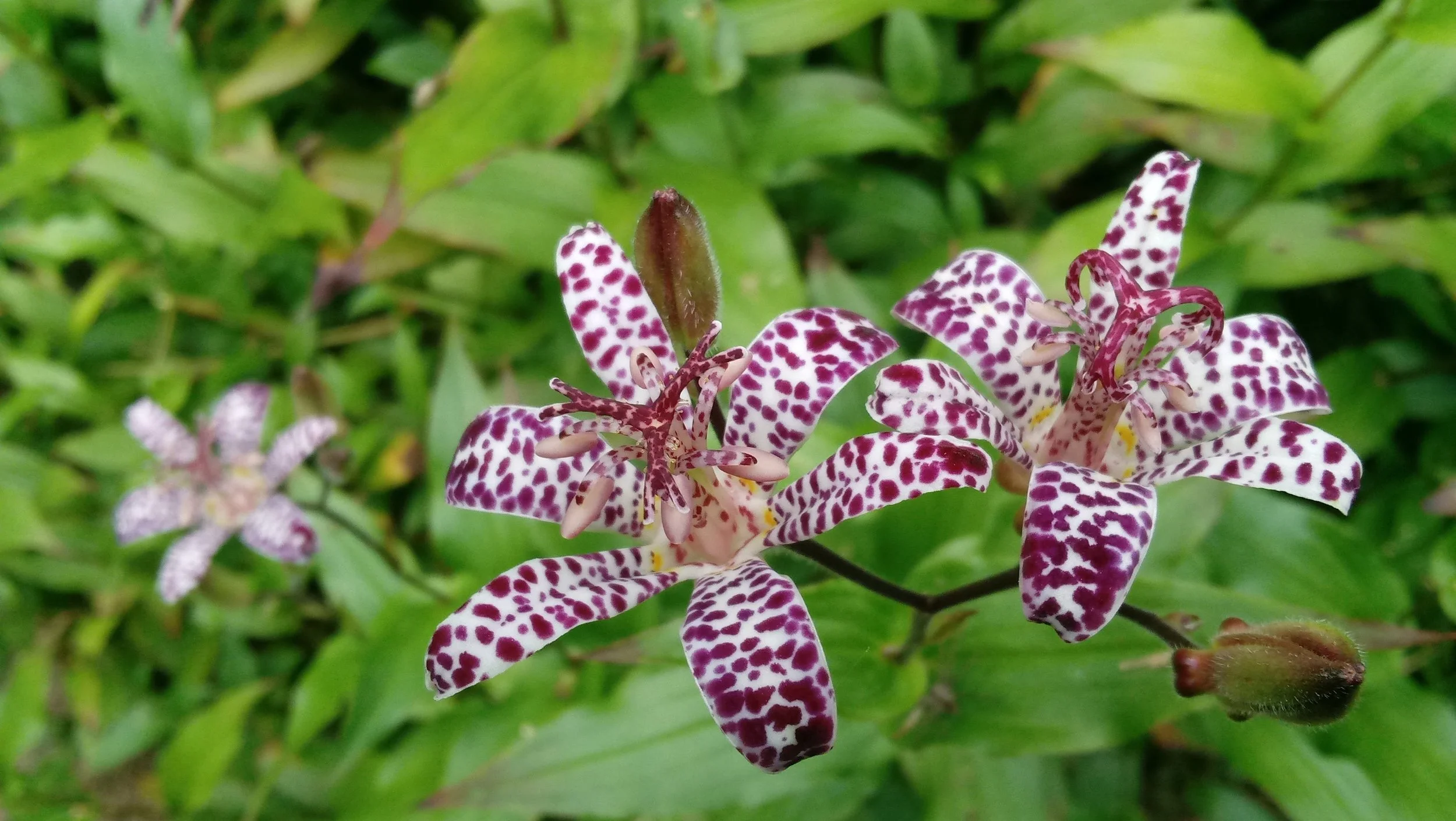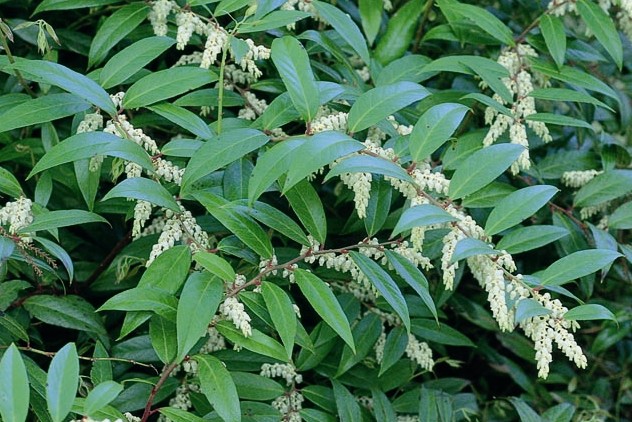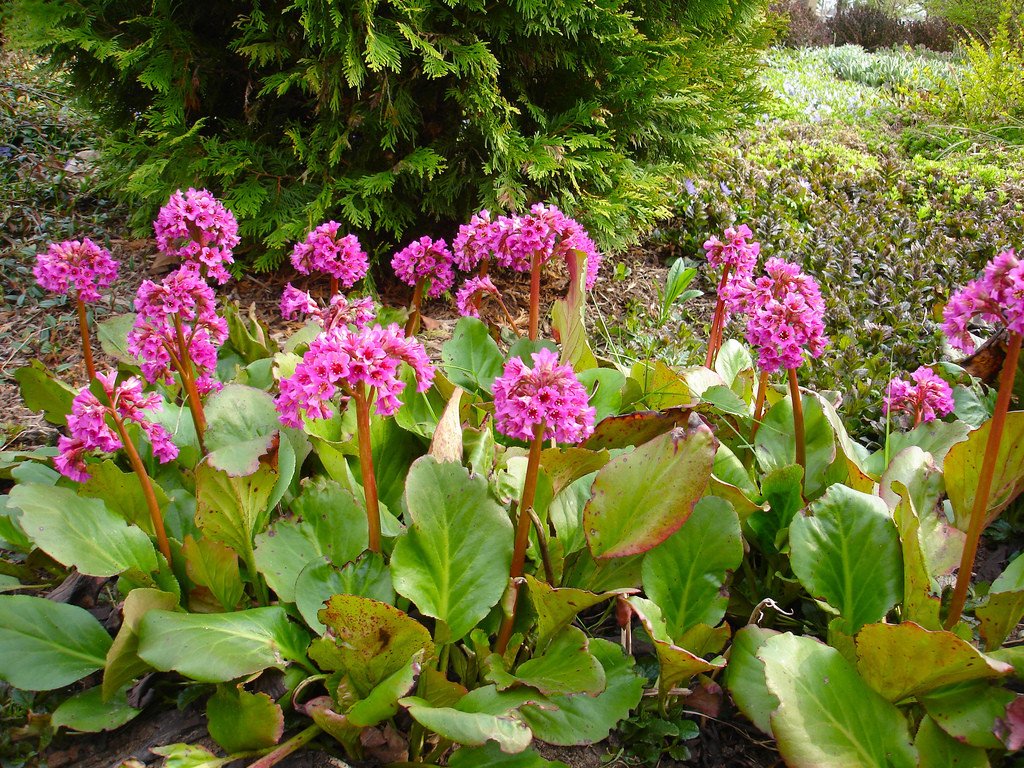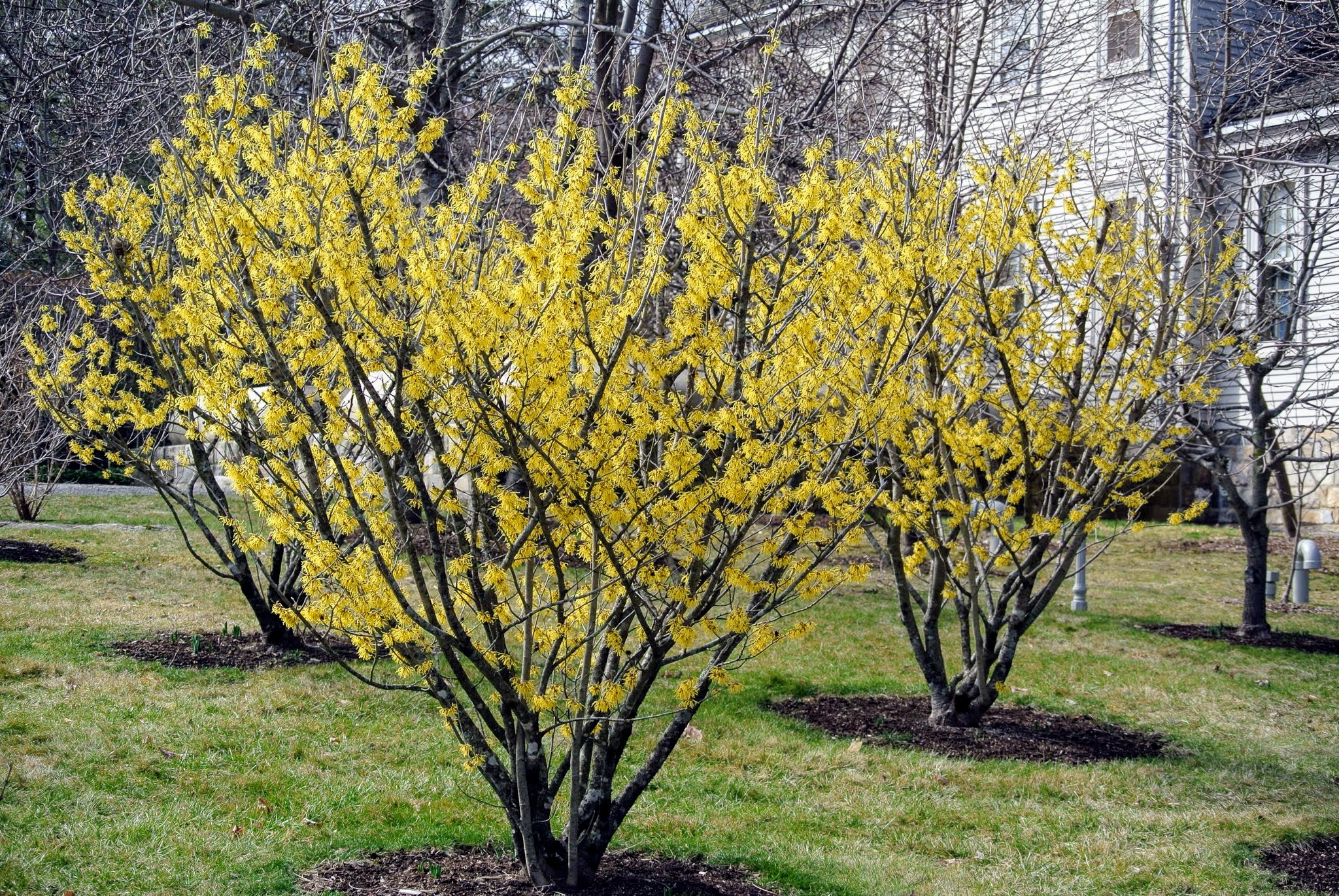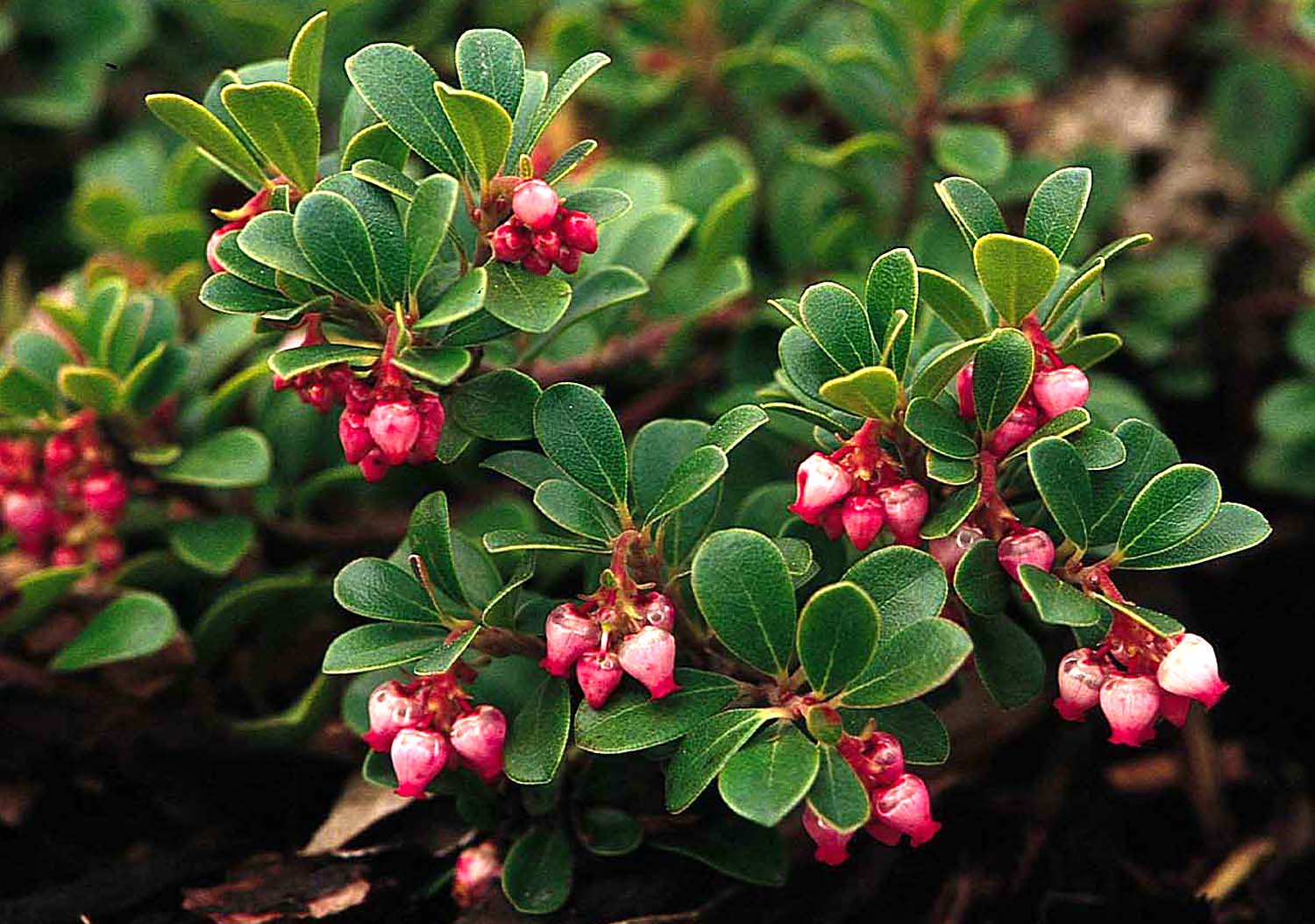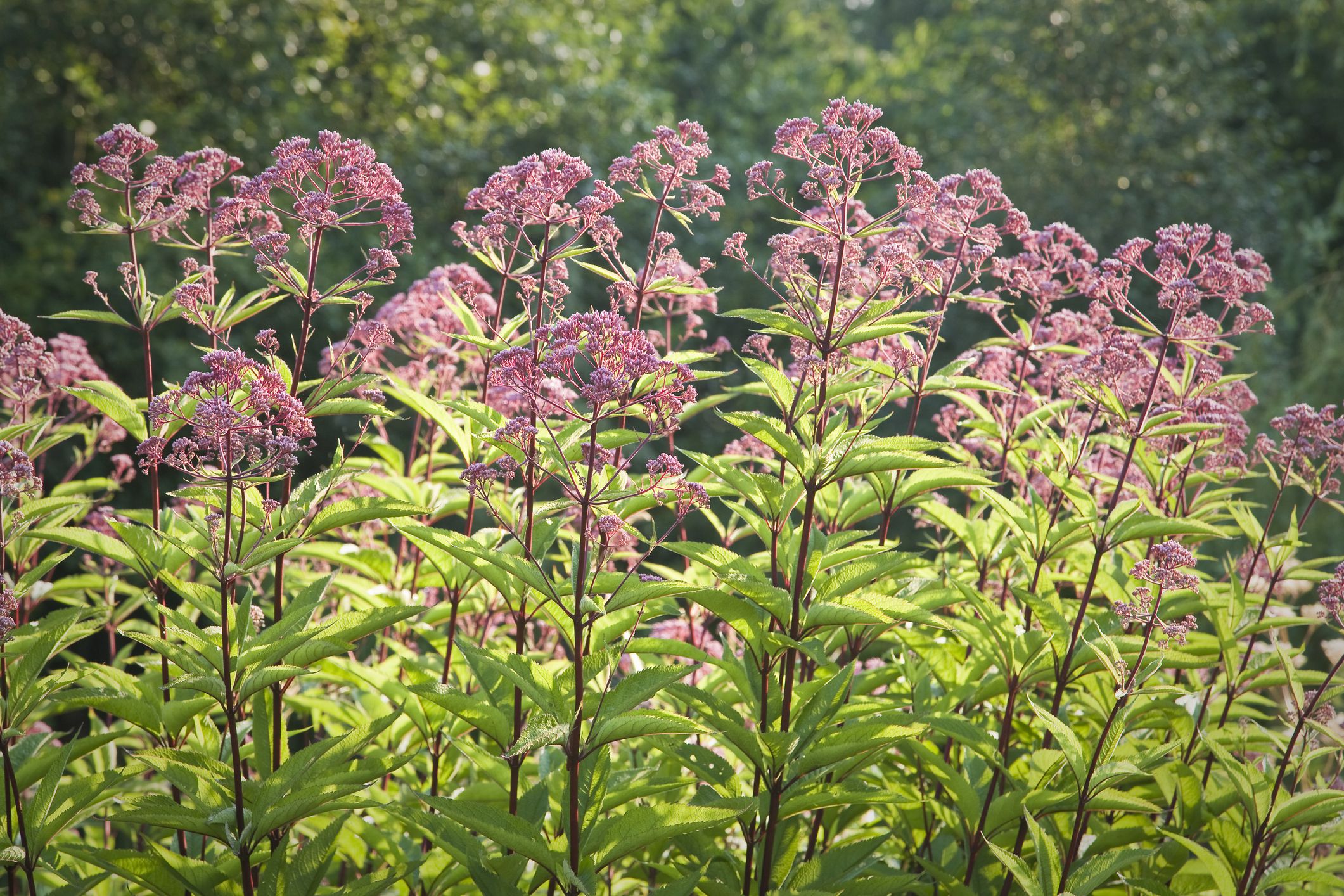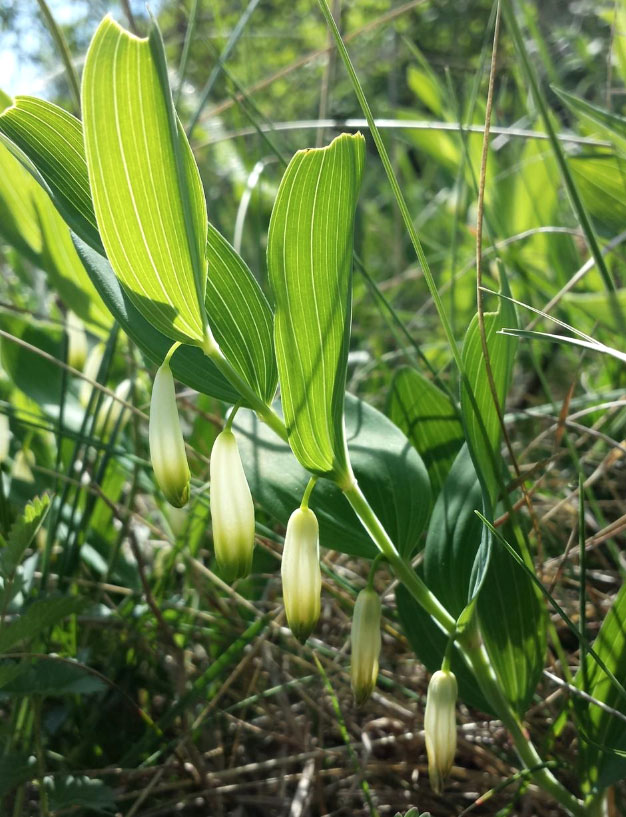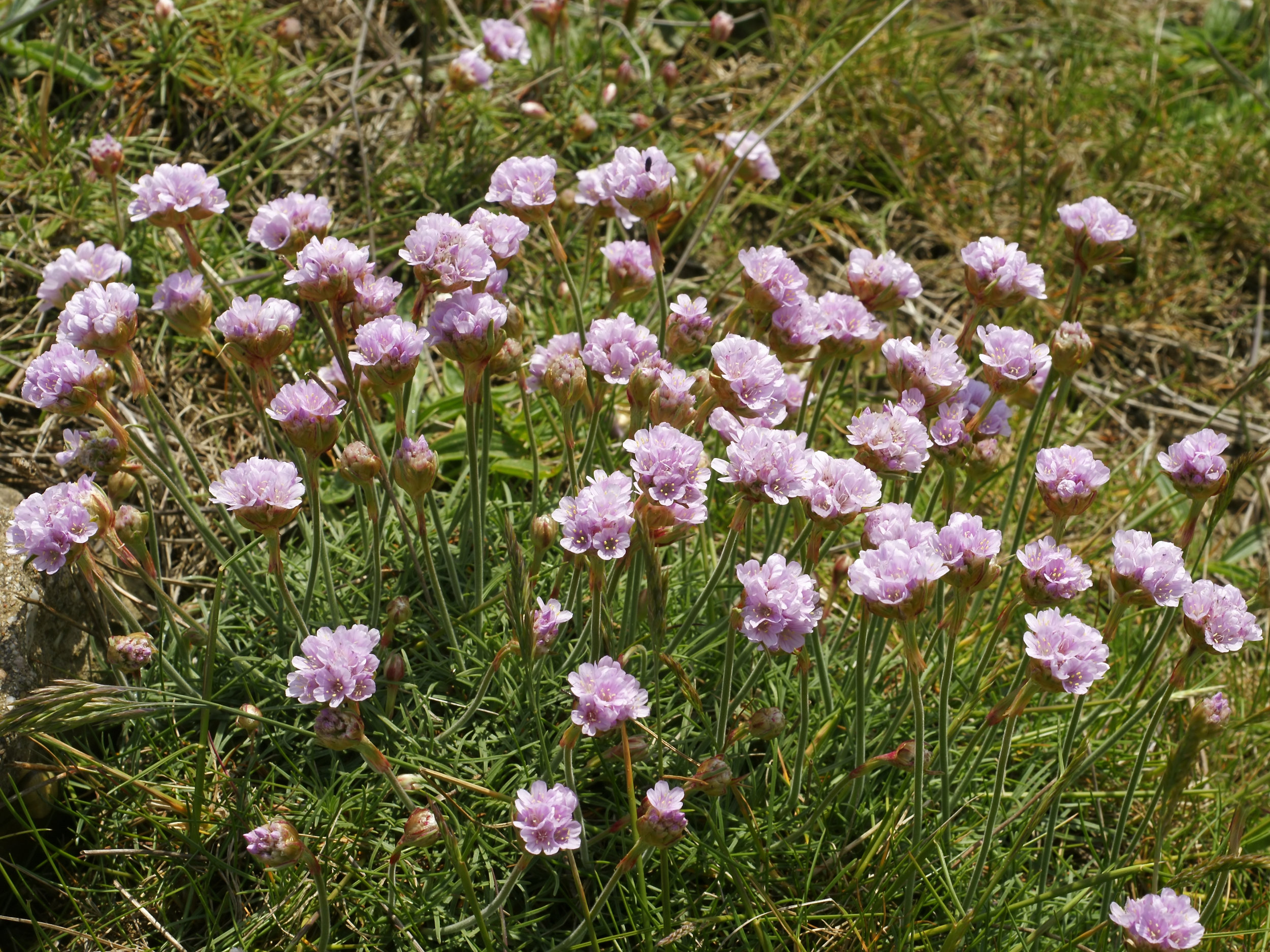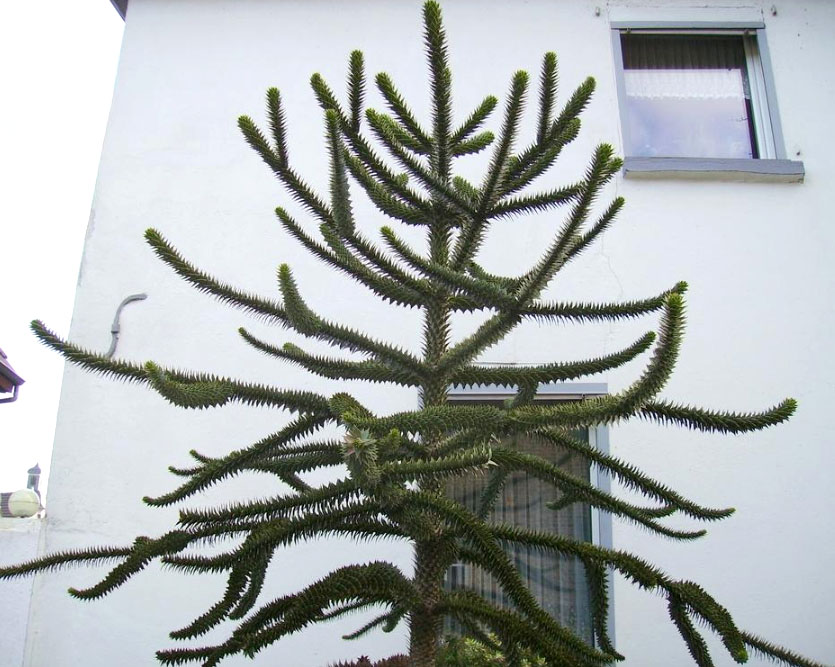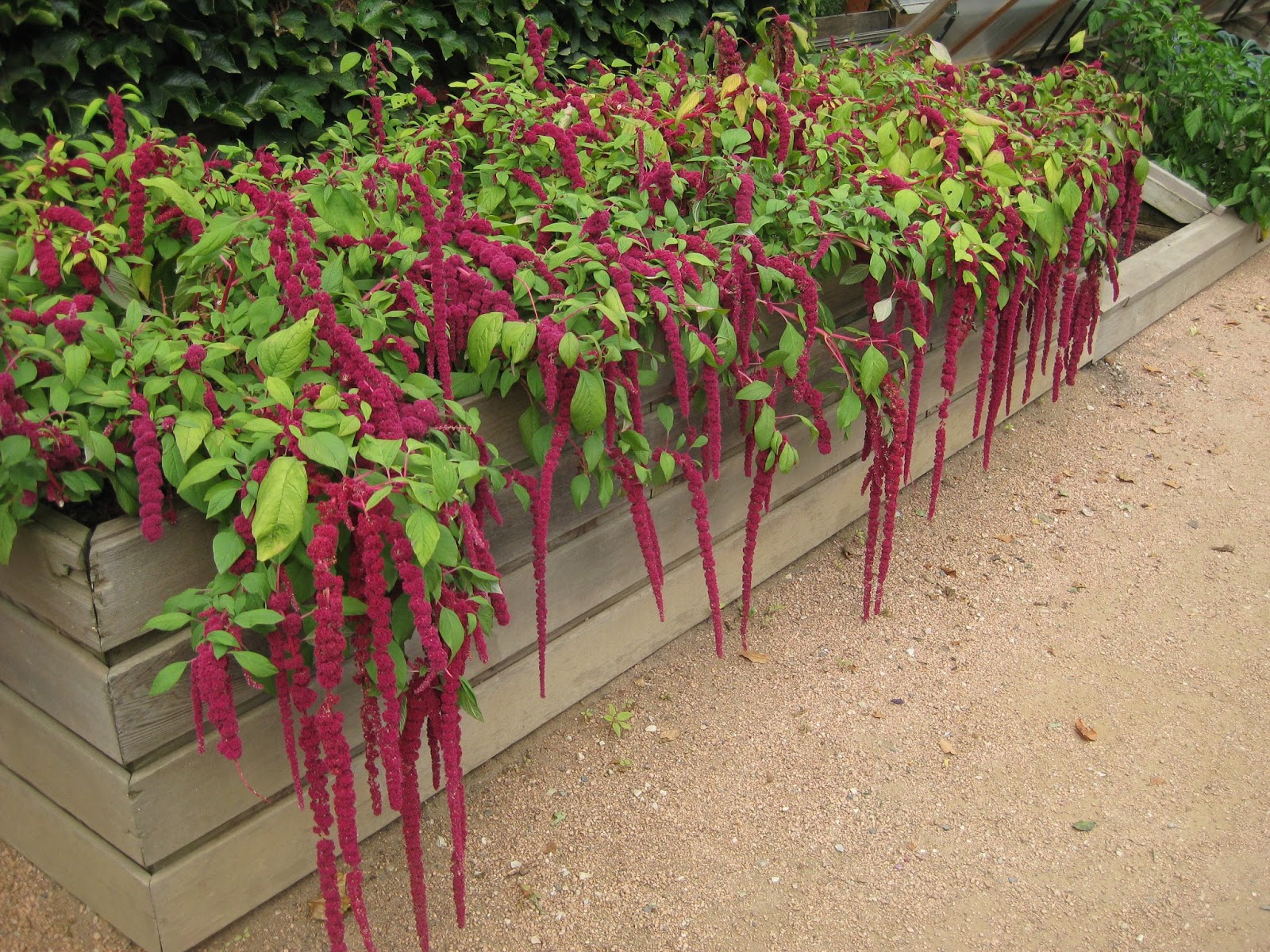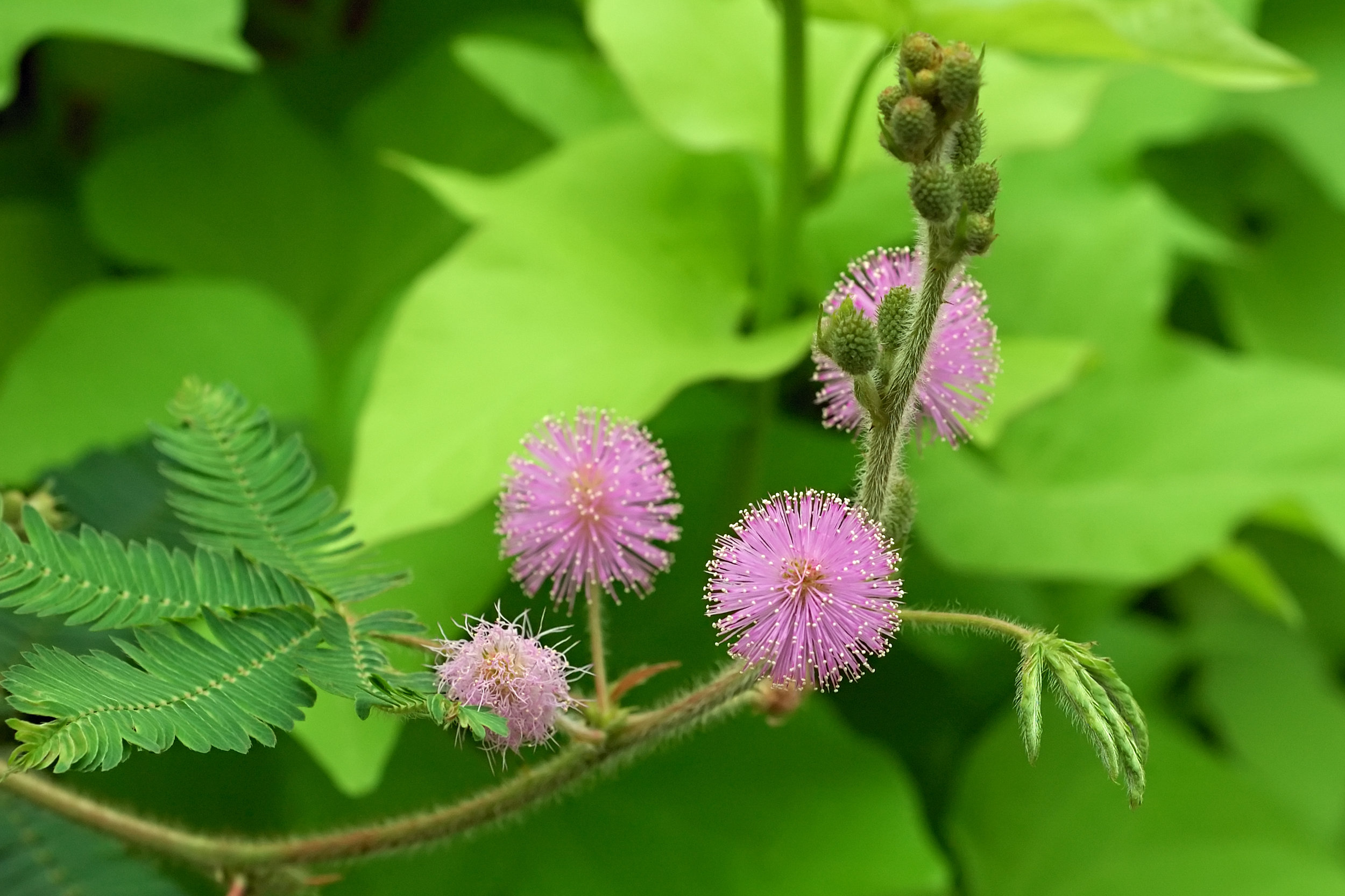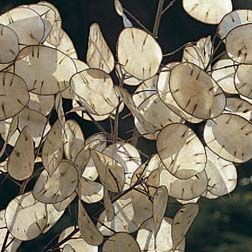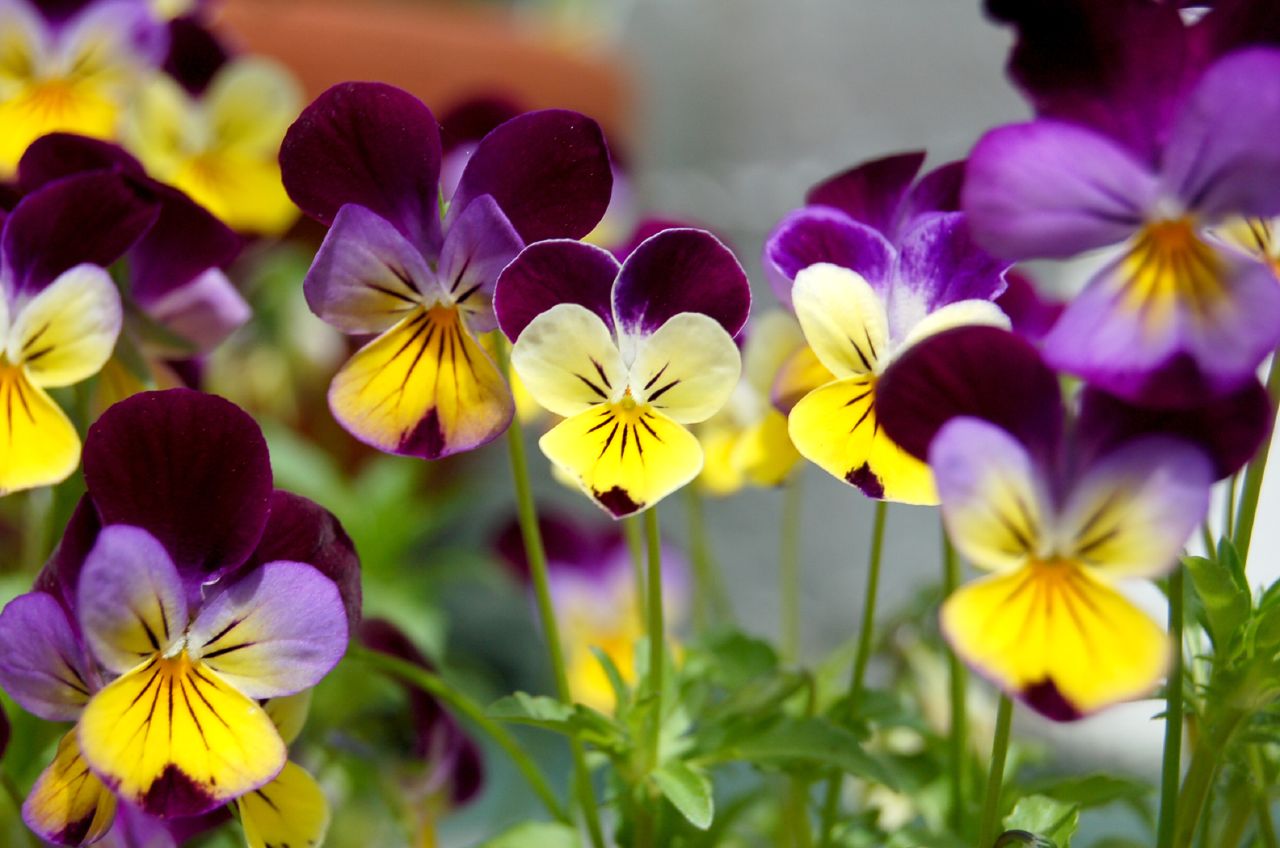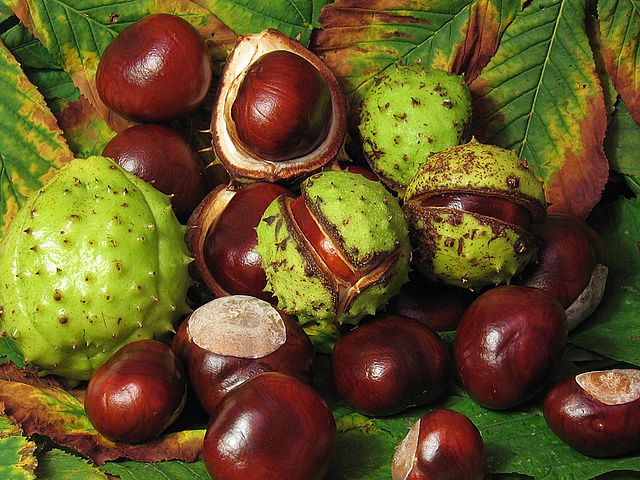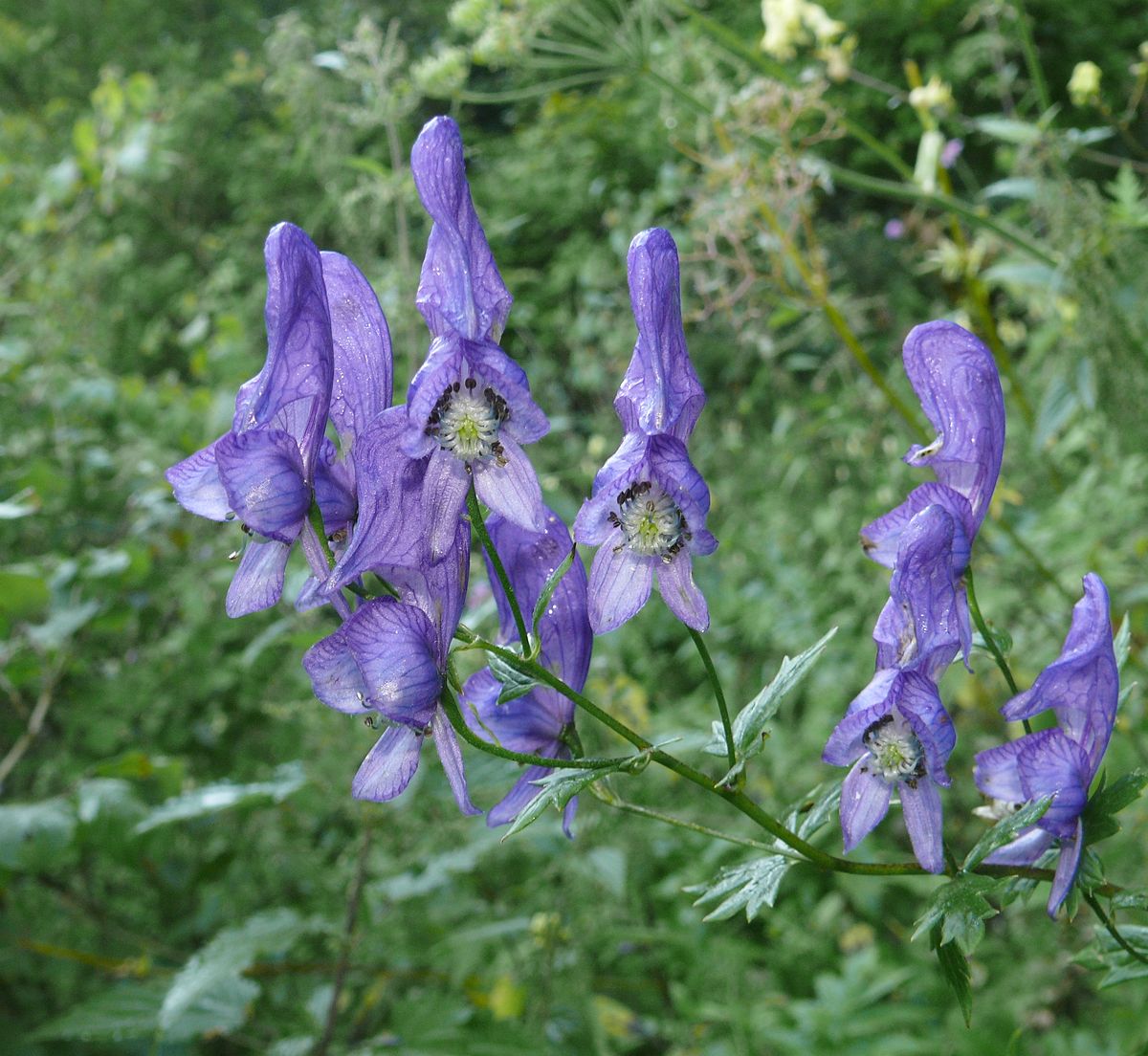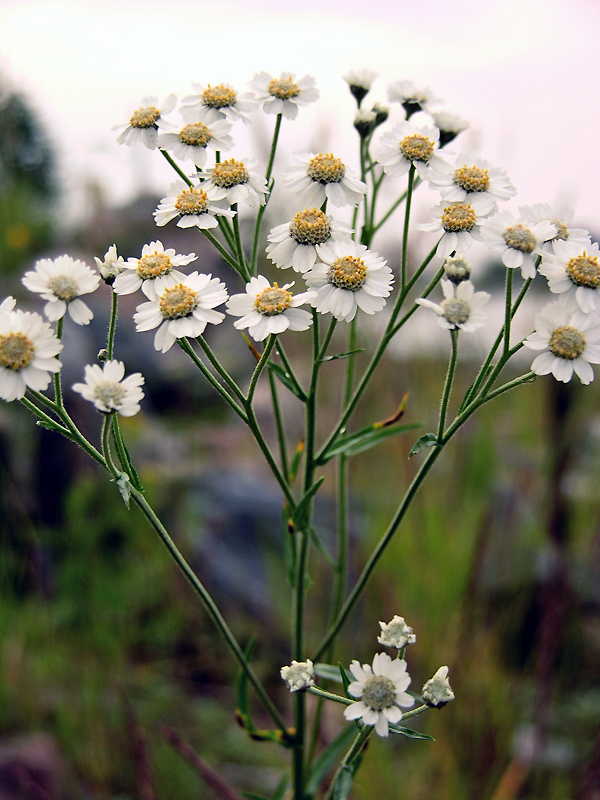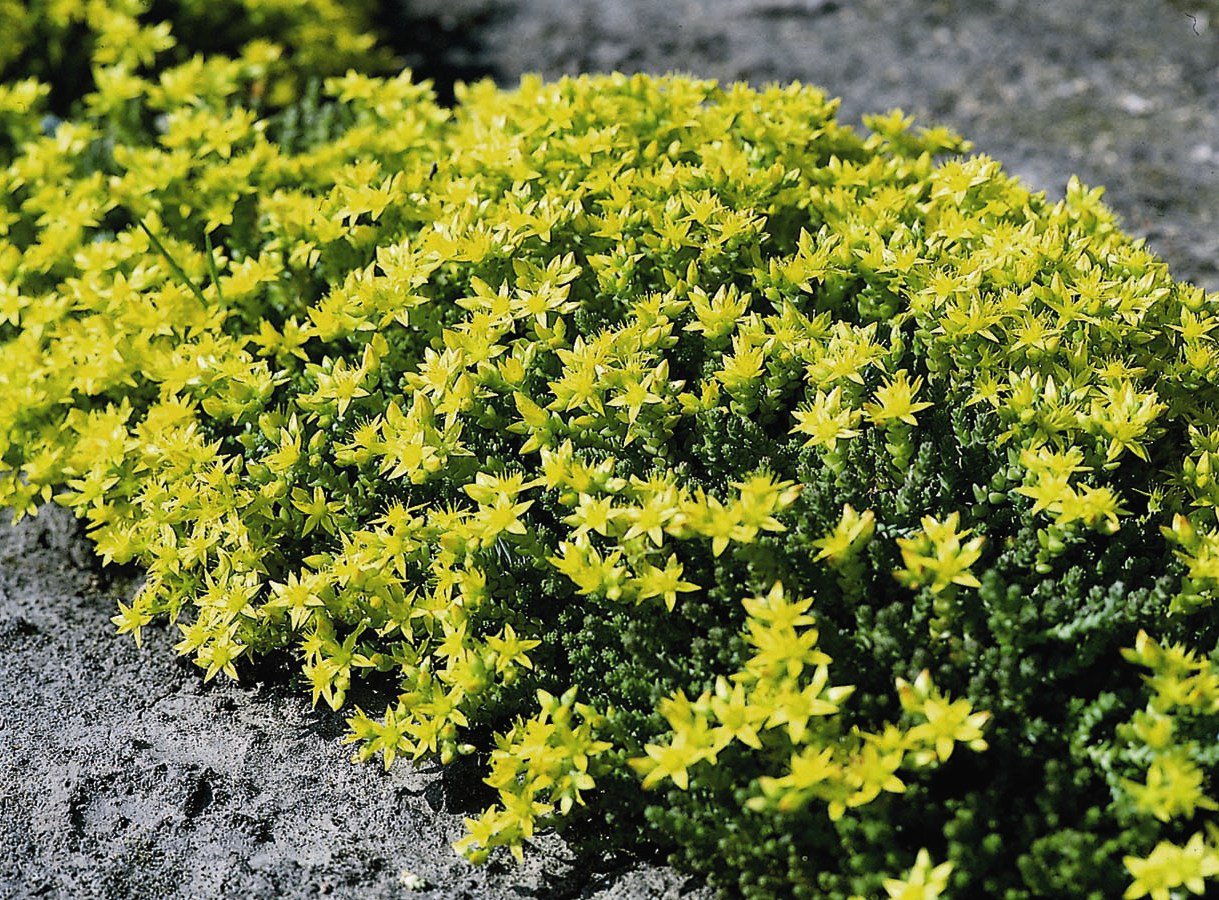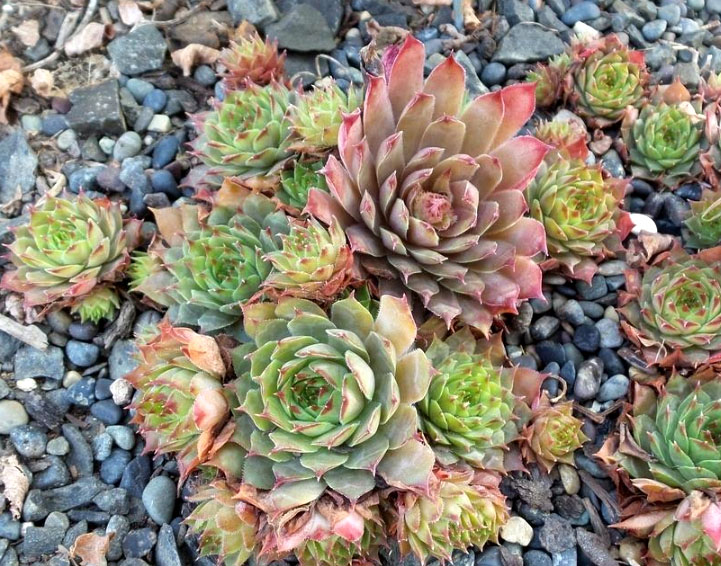Winter is generally a time for gardeners to rest, reset and plan for the next season (i.e., lust over seed catalogs and online garden photo sites). It's also time for pondering gardening's Big Questions such as, "Where did all those odd and funny common plant names come from?"
Plant naming has always been a delicate matter, subject to fashion, politics and awkward communication across cultures and time periods. Scientific taxonomy emerged in the 18th Century, led by Swedish botanist/zoologist/physician Carl Linnaeus, to standardize names of plants and animals and counter the endless local variations.
Standardization is essential for accuracy. When we ask for "tulip tree," do we mean Magnolia soulangeana, which has pink flowers and grows to 25 feet tall, or Liriodendron tulipifera, which has yellow flowers and can reach 90 feet?
But many of those old common names provide a colorful and descriptive history. They help make our plants more... human, if you will. Like languages or place names, many have been lost over time; others have persisted for generations and are still used today, at least in certain regions.
Some common names are merely perfect visual or experiential descriptions:
Bleeding heart
Burningbush
Pussytoes
Stinking hellebore
Dinosaur kale
Lambs ears
Red hot poker
Others are mysterious, controversial (some with racist origins), or not as descriptive or attractive as we'd prefer, so they have been gradually replaced. For example, stinking hellebore (which only smells bad in close quarters) is now primarily called palmleaf hellebore. But some names are just plain fun, lending personality and history to the garden world, and deserve more attention.
Note that some plants on this list are invasive or otherwise not something you'd buy from your trusted, local nursery. But for now, let us just savor their names and stories. Common, or not-so-common, here are some of our favorites:
Doghobble Leucothoe fontanesiana
This thicket-like evergreen shrub native to the Appalachian Mountains goes by several common names: drooping laurel, fetterbush, switch ivy. But the name that stirs curiosity is doghobble. One theory behind its name is from native tribes using its tough, pliable stems like leather strips (fetters), to bind up one leg of a domestic dog to keep it from wandering too far from camp. A more widely held explanation is that, when being pursued by hunters and their dogs, a bear could escape through a dense thicket of Leucothoe but the hunting dogs would be hindered, or hobbled by the tough, intertwining stems.
Piqsqueak Bergenia
Most of us today know Bergenia as elephant ears (not to be confused with Alocasia or Colocasia), or just plain Bergenia. But have you ever rubbed its glossy leaf between your thumb and finger? Or rubbed two leaves together? Behold... pigsqueak! Take care to not mutilate your plants in the garden (or at the nursery, please) as you investigate this phenomenon.
Witch hazel Hamamelis
Witch hazel twigs were once popular for water dowzing rods, which may have influenced the "witch" part of the name. But it is primarily derived from the Middle English wiche, meaning pliable or bendable.
Toadlily Tricyrtis
Let's start with the Greek origin of tricyrtis, from "tri" (three) and "kyrtos" (swelling, arched, bulging or humped), referring to hump-like structures at the base of the tepals. To some folks, these "humps" seem rather toad-like. Add the spotting on the flowers and you have the full warty impression, although much prettier.
Kinnikinnick Arctostaphylos uva-ursi
The dried leaves of this groundcover are used in traditional smoking mixes among many Native North American tribes. "Kinnikinnick" is an Algonquin word for a mixture. Its other common name is bearberry, for reasons you can probably guess.
Joe Pye weed Eutrochium purpureum
The legend from colonial Massachusetts is of Joe Pye, a local Native American medicine man, whose concoctions made from a local plant halted an outbreak of typhoid fever. The plant was since named in his honor.
Solomon's Seal Polygonatum odoratum
The name might refer to the circular scar left on the stem — resembling a royal seal — after leaves fall off, or it might tie to the wound-sealing properties of the plant. There are also anecdotes of the cut roots resembling Hebrew characters by some observers. Or maybe the plant just looks regal and very wise, like King Solomon himself.
Thrift Armeria maritima
In the wild, thrift (aka, sea pink) commonly grows along rocky coastal areas blasted by salt spray, where few other plants can grow well. Thrifty creatures thrive with minimal resources.
Monkey puzzle Araucaria araucana
The story is that, when this exotic Chilean conifer armed with razor-sharp scales was first displayed in England around the 1850s, one observer declared, "It would puzzle a monkey to climb that!" Never mind that there are no monkeys in Chile.
Love-Lies-Bleeding Amaranthus caudatus
Maybe a bit graphic for our gentle gardening readers, this annual ancient grain blooms in blood-red tassels spilling out in gory melodrama. Every opera lover should grow it. There are also historical accounts of amaranth seeds used as part of an Aztec sacrificial ritual, but you really don't want to know the details.
Mimosa Mimosa pudica
This is the childhood favorite Sensitive Plant, whose tiny leaflets suddenly fold up when you touch them. "Mimosa" refers to this action, the plant’s "mimicry" or "miming" of a animal's behavior — shying away from a human's touch. Mimosa tree (Albizzia) is named for the resemblance of its leaves to the smaller plant. The Mimosa cocktail is apparently named for its yellow-orange color, resembling the bright flower of Acacia dealbata which also has mimosa-like leaves. Follow all that?
Obedient plant Physostegia virginiana
When you bend the individual flowers of this perennial's flower spikes to face a certain direction, they hold that position for a while, thus they are "obedient" to your touch. Much less so for the plant staying put; it has an invasive reputation. Also, its other common name — false dragonhead — might not suggest an obedient manner, but it's merely named for the flowers resembling snapdragons.
Honesty Lunaria annua
This prolifically seeding perennial — having among the largest array of common names out there — features seed pods of translucent disks, each displaying twin black seeds. Their obvious coin-like appearance lend the most-used common names of money plant, Chinese coin, or silver dollar. There are more symbolic variations: the Pope's money (France) or judaspenning "coins of Judas" (Netherlands). Other names lunaria and moonwort refer to the pods' round, silvery countenance. Honesty (or Sincerity) is the more common moniker in the UK, presumably referring to the pods' translucent appearance. Nothing to hide here.
Johnny-jump-up Viola tricolor
Another candidate for most common names, with Shakespearean credentials as well. Johnny-jump-up apparently suggests the flower's emerging quickly on tall stems with color and exuberance. Another favorite name, love-in-idleness, comes from Roman mythology with the story of Cupid shooting one of his arrows at a mortal woman, but missing and instead striking a wild pansy. And you know what romantic spells can do to one's industriousness. Other common names include heart's ease, heart's delight, tickle-my-fancy, Jack-jump-up-and-kiss-me, come-and-cuddle-me, or three faces in a hood. Talk of multiple personalities! Some of these are referenced in Shakespeare's A Midsummer Night's Dream, Hamlet, and The Taming of the Shrew.
Conkers Aesculus hippocastanum
We Yanks primarily call them horsechestnut (horses can eat them but they're toxic to humans). In the UK, the hard, shiny, brussels-sprout-sized seed of this tree is the implement in the popular English game of Conkers. You drill a hole through the hard seed, and thread a knotted string through it, creating a tethered projectile. Then you seek out opponents and take turns swinging your conker, trying to whack their conker and smash it. Last one with an unbroken conker has "conquered" the field. This game with its associated smarting fingers and bruised skulls might be why the tree is illegal to plant within Seattle city limits, at least as a street tree. Although this might also be due to the trees' extreme messiness and tendency to break up sidewalks and paving, as do the remaining giants which line the streets of the city's Queen Anne neighborhood.
The Banes
Bugbane (Actaeus), dogbane (Plectranthus ornatus), wolfsbane (Aconitum napellus), and leopard's bane (Doronicum orientale) are all plants with toxic properties, reputed to repel such creatures in fact or folklore. We're still looking for spammerbane or politicianbane.
The Worts
Sneezewort, bloodwort, bitterwort, liverwort — are mostly named for maladies or parts of the body they were historically believed to cure. "Wort" appears to be derived from older terms for "root" and thus, focused on its believed medicinal properties. In some cases, (e.g., spleenwort), the plant was named for the body part it physically resembles, and assumed to be a cure based solely on that assumption! Some are indeed medicinal (e.g., St. John's wort), but many have proven to be false cures, perhaps even fatal. So don't eat them, unless you know them well. Just enjoy saying them.
Welcome-home-husband-tho'-never-so-drunk Sedum acre and Sempervivum tectorum
Sempervivum tectorum has also been called Jove's beard, roof houseleek and thunderplant (not to mention hens-and-chicks), was believed to offer protection from lightning or fire when planted on roofs. This was way before our modern green roof trend. Succulent-clad roofs including sempervivums, Sedum acre (more commonly: moss stonecrop) do indeed tend to be fire-resistant. But the origin and meaning of "Welcome-home-husband-tho’-never-so-drunk" has, unfortunately, eluded us in spite of our search through the All-Knowing Internet.
For now, let's just drink a toast to one of the most colorful and curious common names ever. And bring some of those other names back into our over-rationalized vocabulary.

